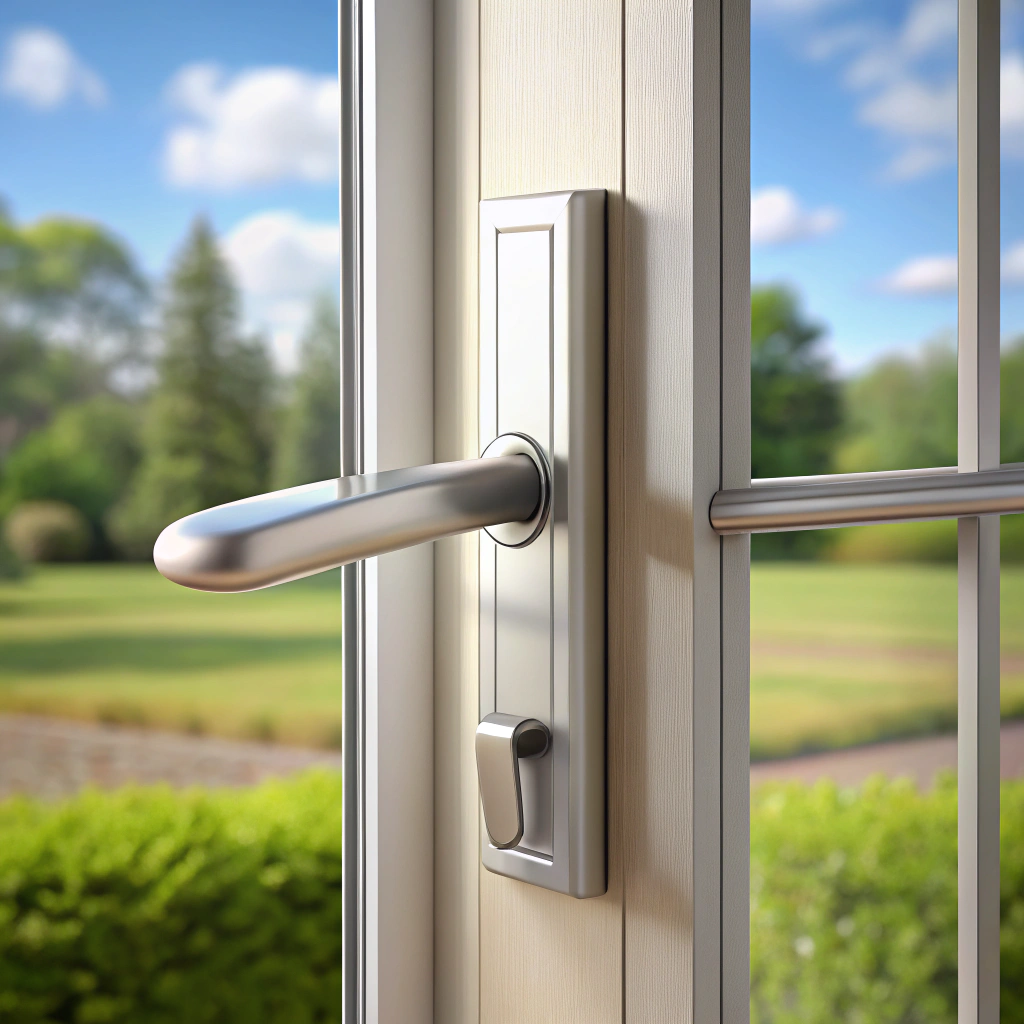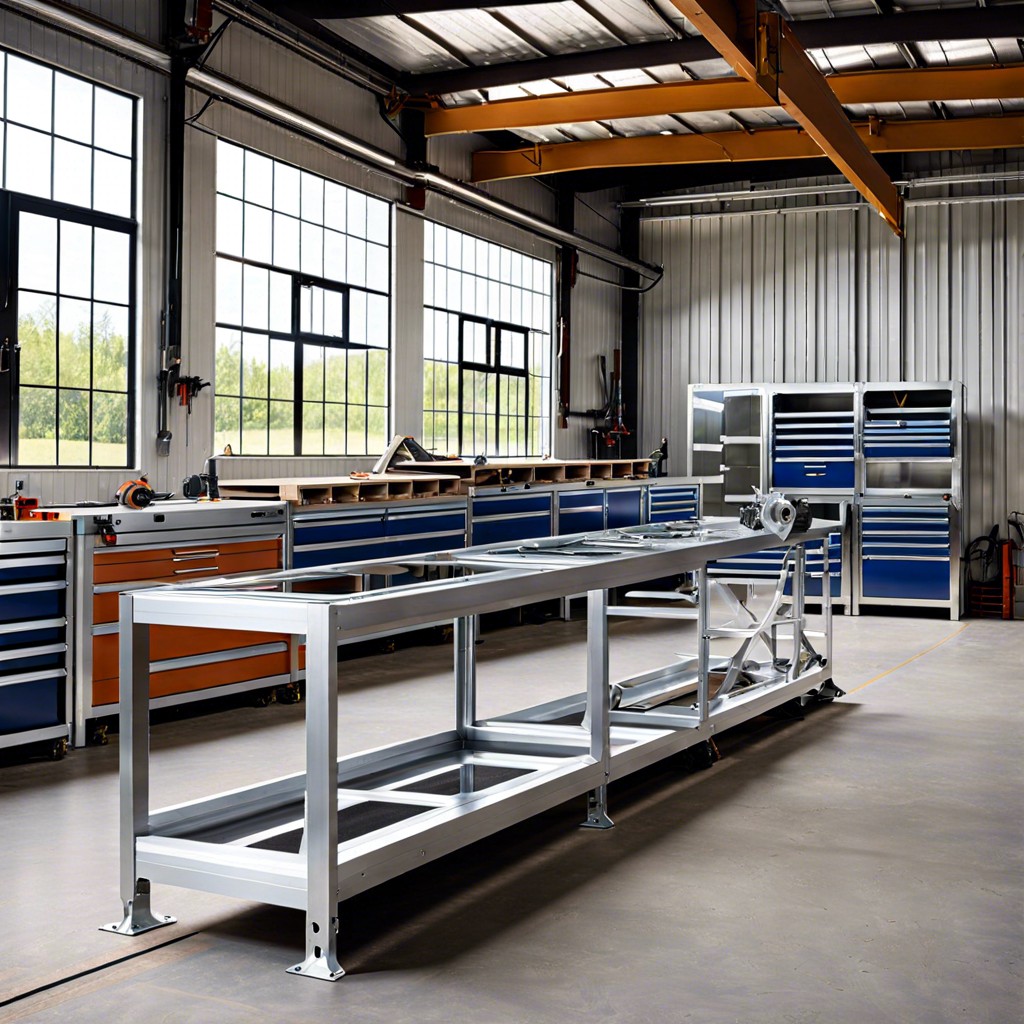Discover the key considerations for selecting the perfect residential aluminum window awnings for your home.
Key takeaways:
- Aluminum awnings are durable, rust-resistant, and low maintenance.
- They provide weather protection against rain, hail, and snow.
- Aluminum awnings reduce heat gain and lower cooling costs.
- Consideration should be given to proper installation and measurements.
- Aluminum awnings offer durability, weight advantages, and low maintenance compared to other materials.
Aluminum Awning Features

Constructed from lightweight yet sturdy metal, aluminum awnings offer durability that withstands diverse weather conditions. Their resistance to rust and corrosion makes them a lasting addition. Available in a range of styles and colors, these awnings can be powder-coated for extra protection and aesthetics.
Furthermore, aluminum awnings are low maintenance, typically requiring just a simple wash to retain their appearance. Due to their reflective properties, they can also help reduce the sun’s glare and heat, aiding in the protection of window frames and interior furnishings from UV damage.
Weather Protection
Aluminum window awnings serve as a shield against various weather elements. Their robust construction repels rain, hail, and snow, effectively preventing water from seeping into window frames and causing damage.
On sunny days, they reflect solar radiation, reducing glare and protecting interior furnishings from UV-induced fading. Equally important, aluminum’s rust-resistant properties ensure longevity, maintaining an effective barrier against weather-induced wear and tear over time.
These awnings remain sturdy in high winds, provided they are correctly installed and secured.
Energy Efficiency
By casting shade on windows, aluminum awnings can significantly reduce the amount of heat entering a home, directly impacting cooling costs. In summer months, properly installed awnings can reduce solar heat gain by up to 65% on south-facing windows and 77% on west-facing ones, according to the Department of Energy. The reflective property of aluminum also helps to deflect sunlight further, enhancing the overall energy-saving benefits.
These savings contribute to lower energy bills, not to mention reduced strain on air conditioning systems and a more comfortable indoor environment. On the flip side, during cooler seasons, homeowners can retract or remove these awnings to allow sunlight to help naturally heat the home, showcasing the versatility of aluminum window awnings as an energy-efficient home upgrade.
Installation Considerations
Ensuring proper measurements are crucial before purchasing to guarantee the awning fits the intended space. Professional installation is often recommended for a secure fit and to maintain warranty conditions.
Adequate mounting space is a necessity; this space must be clear of obstructions like outdoor light fixtures or utility meters. Consider the awning’s projection to not impede windows or interfere with outdoor living spaces.
Check for local building codes to ensure compliance with regulations regarding installations and load-bearing capacities. Choose corrosion-resistant hardware to enhance longevity, especially in salt-air environments.
Opt for adjustable or retractable options for versatility in shade control. Regular maintenance is required to prevent rust or wear, while routine inspections ensure safety and performance integrity.
Comparing Aluminum to Other Awning Materials
When weighing aluminum against alternative materials for window awnings, several considerations come into play:
1. Durability: Aluminum is renowned for its resistance to corrosion and rust, outlasting materials like wood, which can deteriorate and require more maintenance.
2. Weight: It’s lightweight yet sturdy, contrasting with wood that’s heavy, or vinyl and fabric that offer less structural support.
3. Aesthetics: While aluminum presents a modern, sleek look, fabric offers more color variety, and wood provides a classic, timeless charm.
4. Cost: Initial outlay for aluminum may be higher than fabric, yet its longevity can result in lower long-term expenses, whereas wood awnings are typically at the higher end of the price spectrum.
5. Maintenance: Aluminum stands out for its low maintenance demands, especially when compared to wood, which may necessitate regular staining or painting to prevent decay.
Recap





